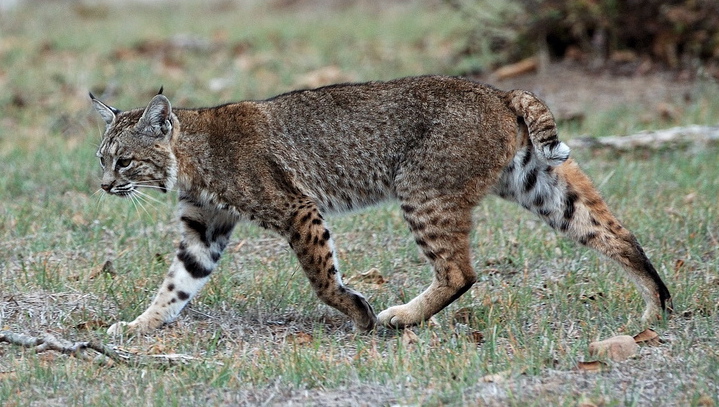
Assessing demography and genetic variation in Bobcat (Lynx rufus) using non-invasive DNA analysis and comparing with population size estimates obtained by camera-trapping in Jasper Ridge Biological Preserve
Felids, as mammalian carnivores in general, are inherently difficult to survey because of large home ranges, small sized populations, nocturnal activity, and wariness resulting from persecution by humans. Due to their elusive nature, wild cats are remarkably difficult to monitor and study, and thus, demographic data are often insufficient to guide appropriate conservation action or to test hypotheses regarding species ecology. The main goal will be assessing demography and genetic variation in Bobcat (Lynx rufus) using non-invasive DNA analysis, and comparing population size estimates obtained by camera-trapping Jasper Ridge Biological Preserve. Other specific objectives will be: (1) Mapping scent marker sites used by bobcats in Jasper Ridge; (2) Estimating abundance and density of bobcats in Jasper Ridge; (3) Comparing the concordance level of the results obtained by both methodologies, genetic analysis and camera trapping; (4) Estimating sex ratio and kinship within the bobcat population inhabiting Jasper Ridge; and (5) Estimating genetic variation of bobcats in Jasper Ridge.
Research Team: Fernando Gonçalves (Postdoctoral Researcher-Stanford University), Charlie Nicole Davis (Graduate Student-Stanford University), Pedro Galetti Jr (Visiting Scholar-Stanford University) and Rodolfo Dirzo (Principal Investigator-Stanford University)
